Today’s Teutonic Tuesday is brought to you by Corgi Toys #330 Porsche Carrera 6.
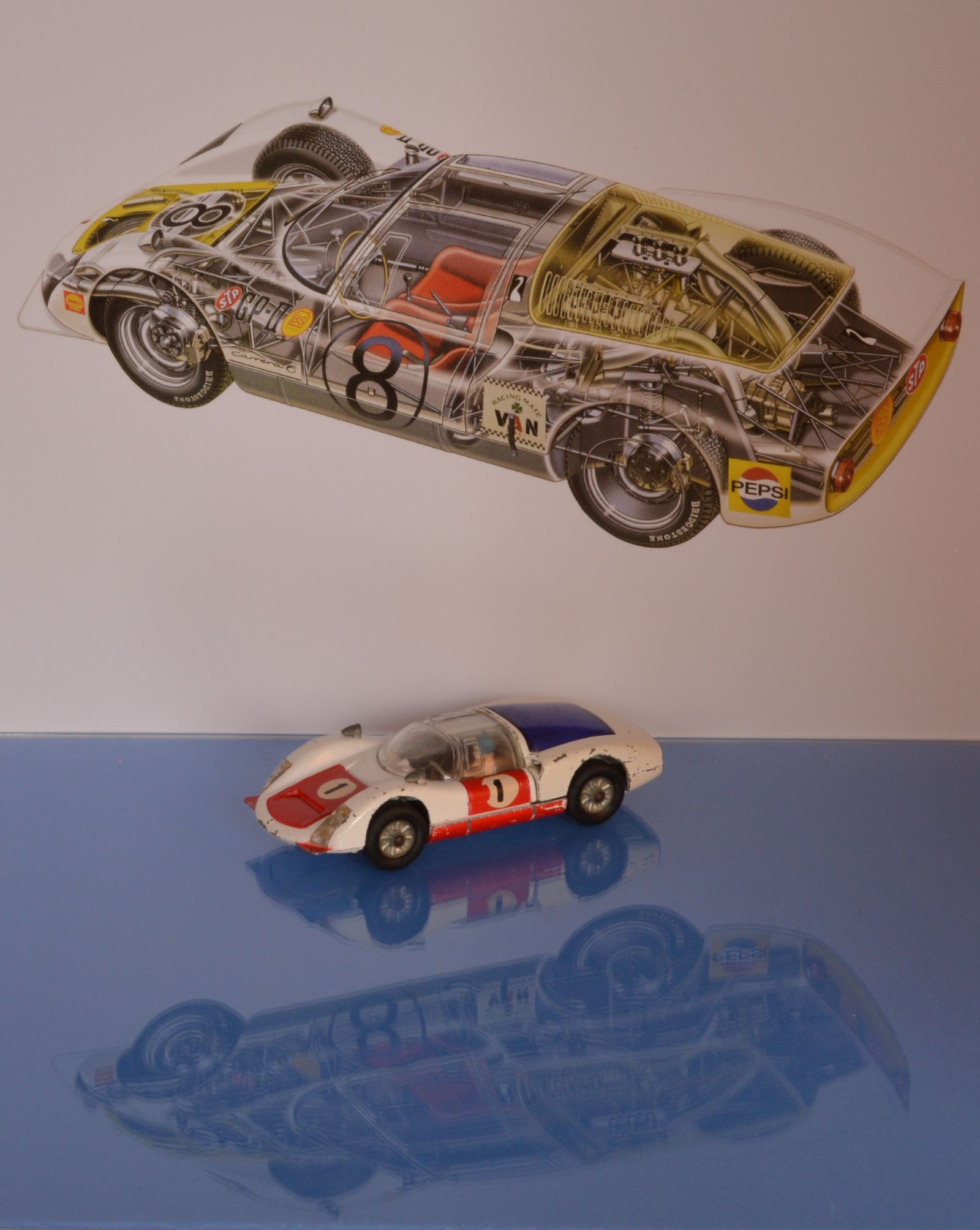
Released in May 1967, Corgi’s Porsche Carrera 6 is a very nice model with lots of detail; the engine and the interior are very well done. The car stayed in Corgi’s range until 1969. It was produced in red and white with a blue rear window or in blue and white with a yellow rear window.
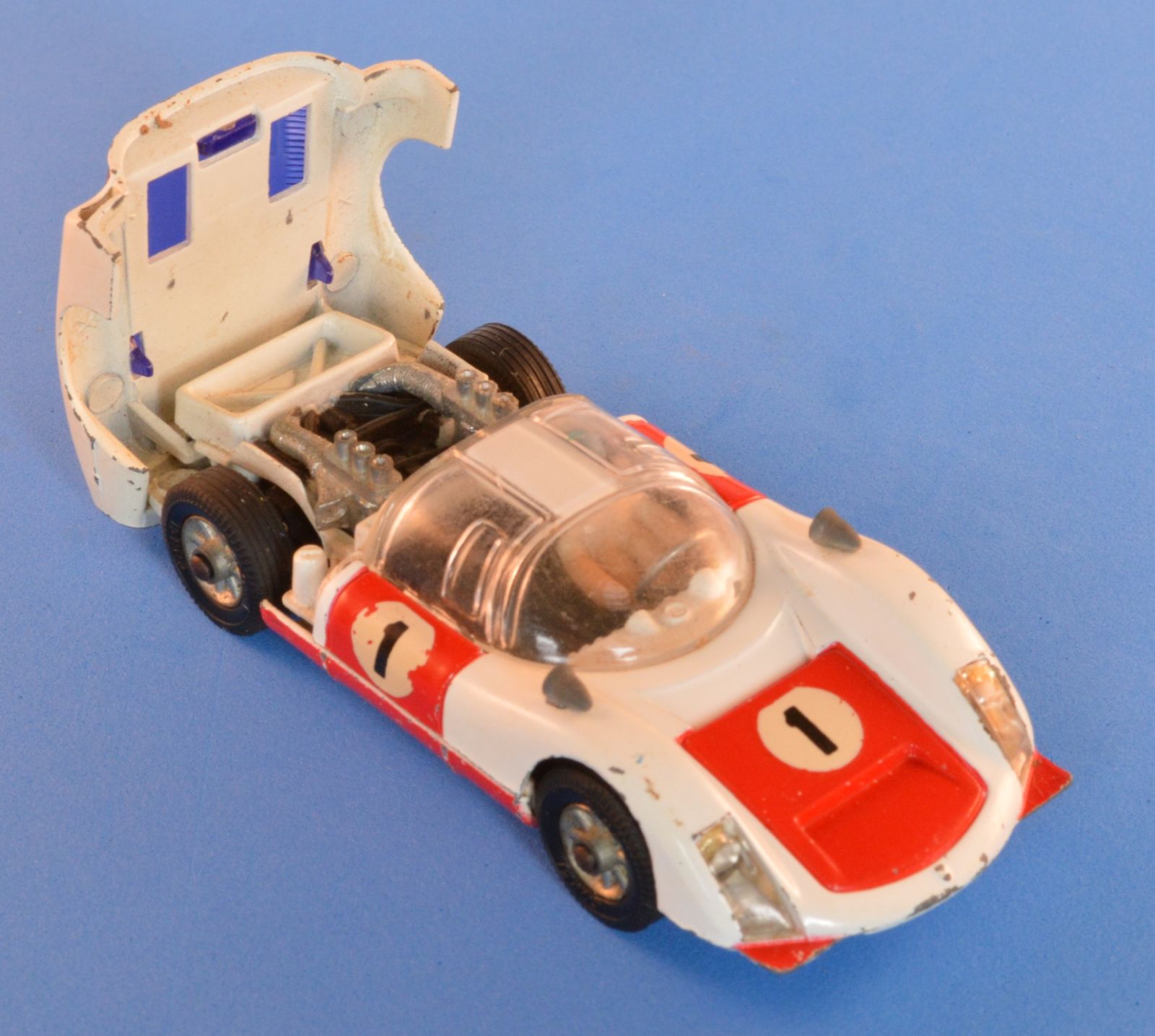
This was one of my favourite toy cars growing up, closely following my 1963 Corvette, although its condition does not reflect that, showing very little wear when compared to most of the other Corgis in my garage. It was involved in many races with my Ferrari Berlinetta 250 Le Mans, which I featured earlier for a Ferrari Flashback Friday post.
http://liveandletdiecast.kinja.com/ferrari-flashb…
The 1:1
The Porsche Carrera 6 was the last street-legal racing car from Porsche. It was announced in January 1966 and 50 examples were subsequently produced to meet the homologation requirements of the FIA’s new Group 4 Sports Car category. The Type 906 would also compete in modified form in the Group 6 Sports Prototype class.
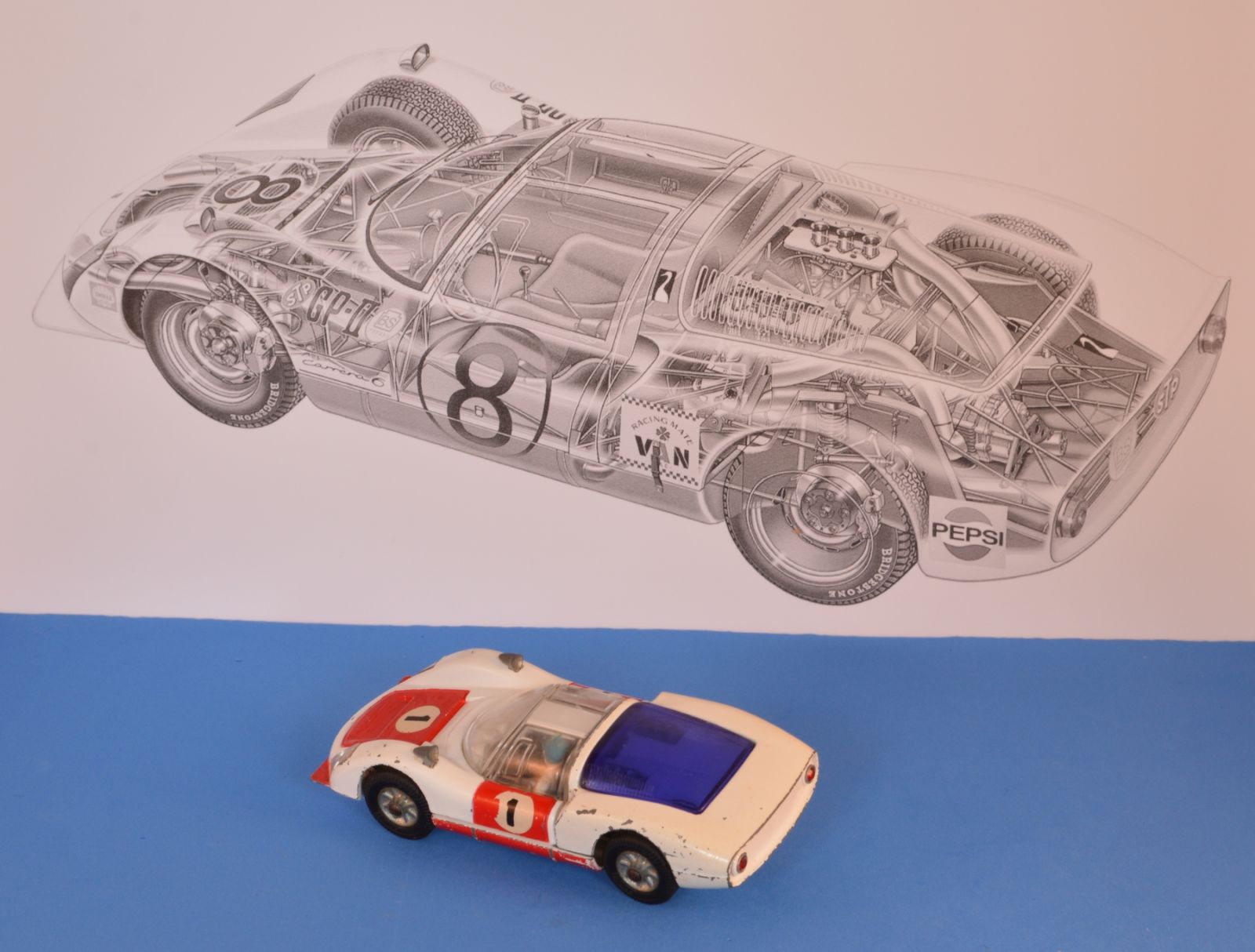
History
The 1966 Type 906, soon to be known by its more popular name of Carrera 6, was Porsche’s response to the 1965 appearance of Ferrari’s new featherweight hill climber, the 206 Dino. The Dino had rendered Porsche’s fiberglass-bodied 904 GTS obsolete almost overnight. Like the 904 and the Dino, the 906 had its engine mounted amidships (ahead of the rear transaxle). Unlike the 904, which had been constructed on a sheet-steel backbone frame, the 906 was based on a light and very strong tubular steel space frame that had a 90.6-inch wheelbase, a front track of 52.7 inches, and a rear track of 55.2 inches. The suspension was fully independent, with wishbones and coil springs at all four corners, ZF rack-and-pinion steering, and large four-wheel disc brakes inside the 15-inch steel and alloy disc wheels.
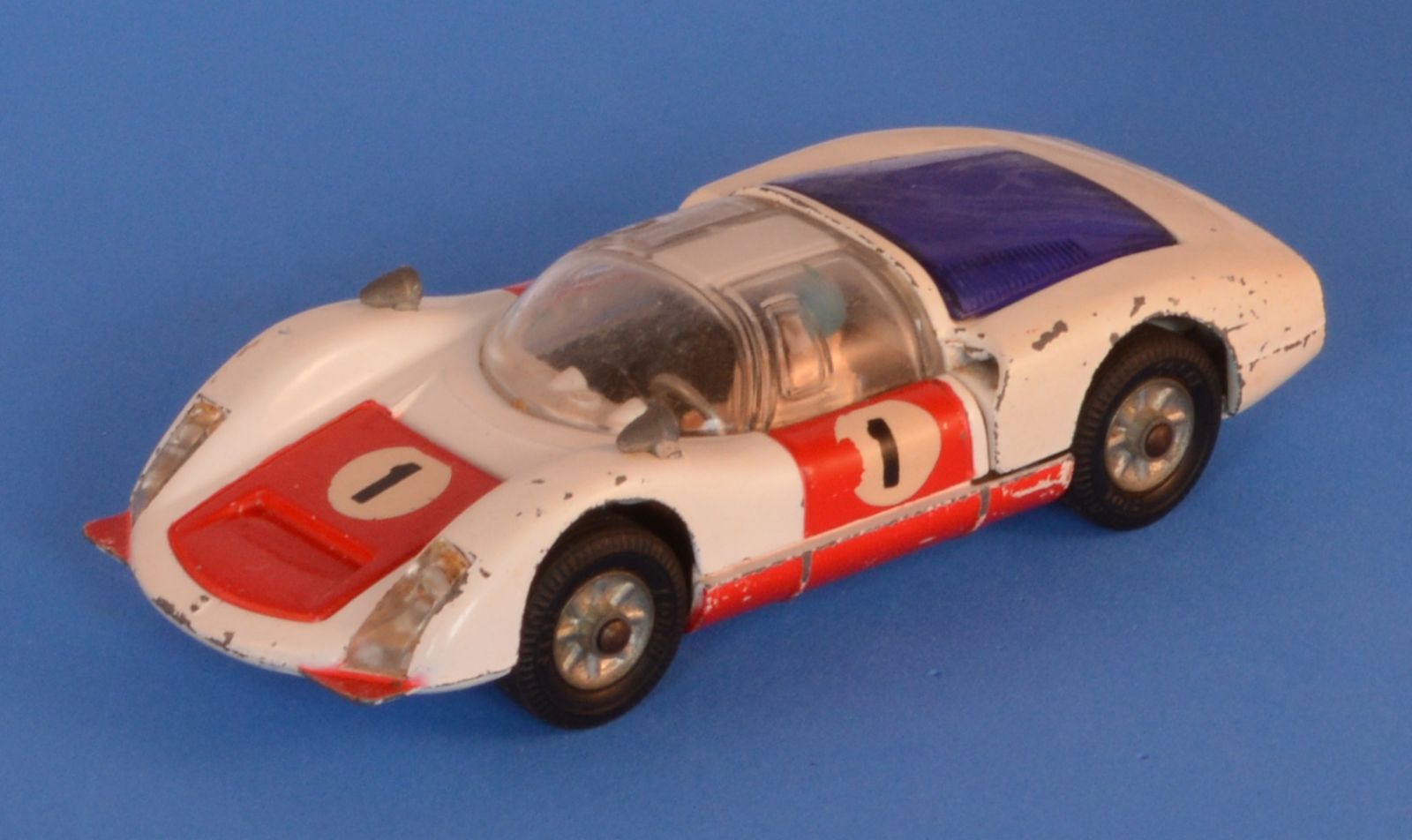
Experimental Department head Ferdinand Piech, Ferdinand Porsche’s grandson, had wanted to use 13-inch diameter Formula One wheels to lower the new car’s profile, as on the Type 909 Ollon-Villars hill climb special. However, the company had already purchased a large quantity of new 15-inch wheels for a planned, but cancelled, second production run of 904s. Porsche could not afford to write off the expense, so the larger wheels would be used on the 906 as well, resulting in that car’s steeply arched front fenders. The wheels were bolted on with 5 nuts as in a road car, which cost time in pit stops compared to a single central nut.
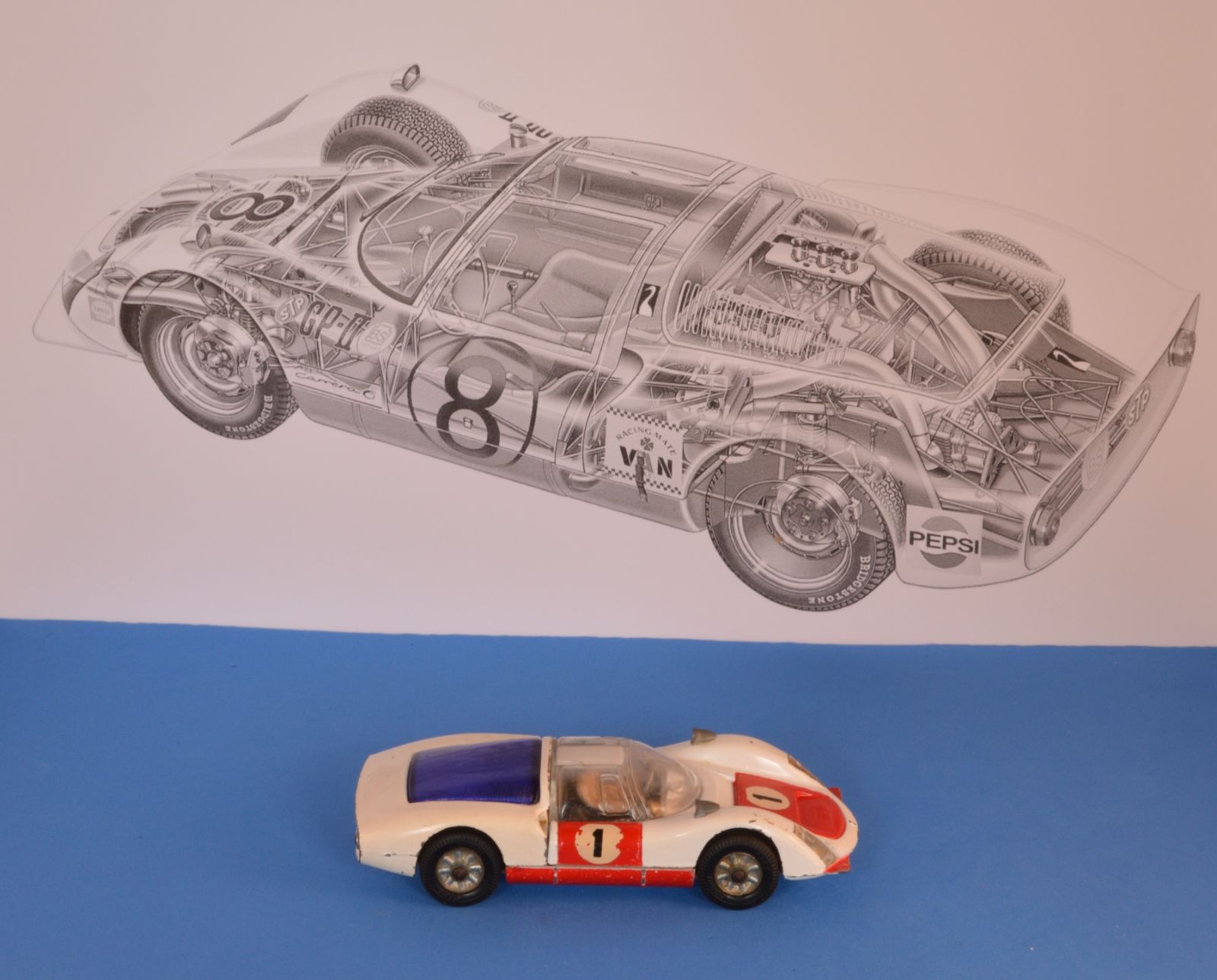
The Carrera 6’s engine, following Porsche’s practice of the day, was an air/oil-cooled boxer six that had a lightweight magnesium alloy seven-main-bearing case. Many of these magnesium cases proved problematic early in life and were subsequently replaced with new factory sand-cast aluminum pieces. The cylinder heads were of aluminum alloy with sodium-filled exhaust valves. The crankshaft was forged steel and the connecting rods were titanium. An 80-millimeter bore and 66-millimeter stroke gave a swept cylinder volume of 1,991 cc. This engine, breathing through a pair of Weber 46 IDA 3C triple-throat carburetors, had 10.3:1 compression and developed a conservative 210 DIN horsepower (some say it was more like 220) at 8,000 rpm and 145 foot-pounds of torque at 6,000 rpm. Power was transmitted to a five-speed, fully-synchronized transmission, for which a wide variety of gearing was offered, including close-ratio sets for hill climbing, at which the 906 was to prove very adept.
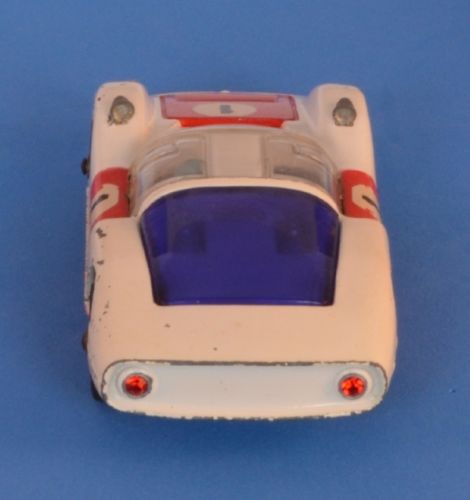
Porsche engineers designed a sleek new fiberglass body shell. Unlike previous racing Porsches, the 906’s body was tested in a wind tunnel, resulting in a top speed of 280 km/h (170 mph) at Le Mans, quite fast for a 2-liter engine car. As on the iconic Mercedes-Benz 300 SL Coupe, the 906’s space frame dictated a pair of top-hinged, gullwing-type doors. Another body feature was the distinctive louvered and yellow-tinted clear plastic engine cover. There was a large air intake atop the nose for the oil cooler, and split air intakes were ahead of the rear wheels, which were ducted to cool both the rear brakes and the transaxle. Scaling just 1,275 pounds with oil but no fuel, the 906 could reach a top speed in excess of 170 mph.
Racing History
The Carrera 6 was homologated for FIA racing in January 1966 as a Group 4 GT, for which a construction run of at least 50 examples was required. Each of the production cars was individually tested at the Hockenheim circuit before being shipped off to its new owner. Porsche also built nine prototypes with Bosch mechanical fuel injection (the 906E), and two more chassis were fitted for flat eight-cylinder engines.
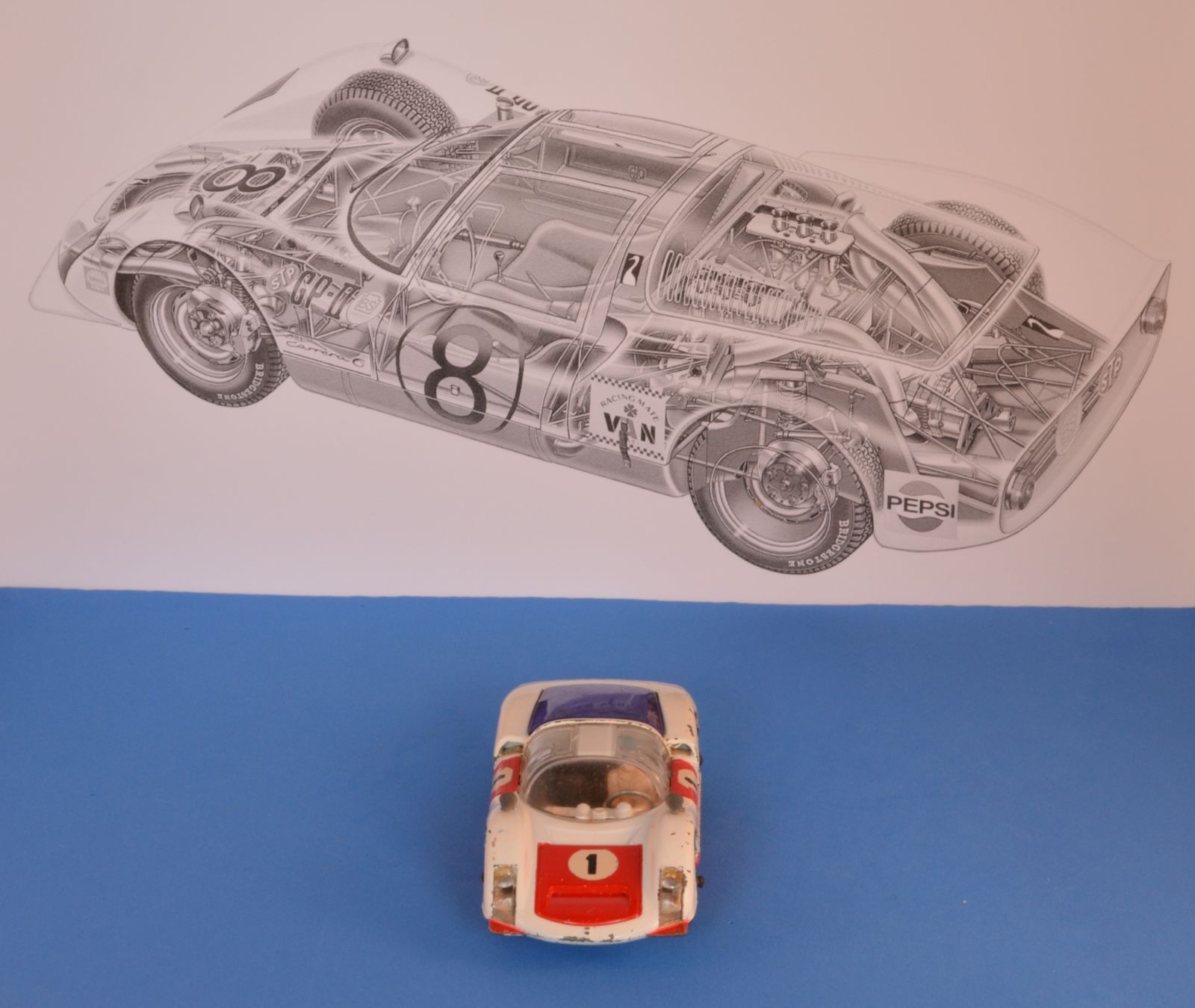
Barely a month after the first 906 had been completed it was entered at the 1966 Daytona 24 Hours, where it was shared by factory drivers Hans Hermann and Herbert Linge. The Carrera 6 finished 6th overall, and won its class against Ferrari Dino 206 Ps.
At the 12 Hours of Sebring, Hans Herrmann/Gerhard Mitter finished fourth overall and won the class. 906s went on to record class victories at the 1000 km of Monza, the 1000 km Spa and the 1000 km Nürburgring, and a privately entered 906 secured an overall victory at the 1966 Targa Florio when the factory cars failed.
At the 1966 24 Hours of Le Mans, the 906 placed 4-5-6-7 behind three Ford GT40 Mk IIs, outlasting all of the previously dominant V12-engined Ferrari Ps.
Sources:
http://en.wikipedia.org/wiki/Porsche_9…
http://www.rmauctions.com/lots/lot.cfm?l…